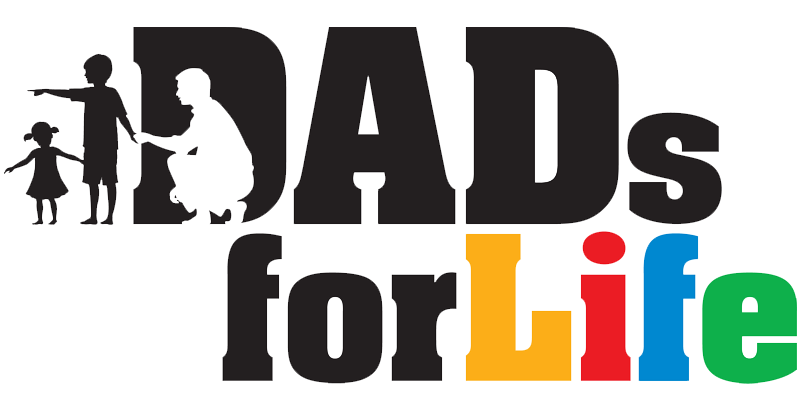Introduction
A narrow focus on the amount of time that fathers spend with their children neglects the diverse roles that fathers play in their children’s development and the diverse motivations of fathers today. Michael Lamb makes this point in his review of changing approaches to the study of fatherhood, and calls for a more inclusive definition of fatherhood in research and theoretical literature.
A Brief History of Fatherhood
 Lamb documents four changing themes that characterise writing and thinking on fatherhood in a North American and European context.
Lamb documents four changing themes that characterise writing and thinking on fatherhood in a North American and European context.
- “Moral and Religious Guide”: In Puritan times through to the Colonial and early Republican period, fathers were deemed to be the moral teacher for their children, imbuing them with the right values.
- “Breadwinner”: When out-of-home work was increasingly separated from in-home work during the industrialisation period and the turn of the 20th century, fathers came to be defined by their role as providers for their families.
- “Sex-Role Model”: During the 1940s, due to the dislocation of families resulting from the Great Depression and the Second World War, the focus on fatherhood shifted to the father’s role in modelling positive masculine behaviour for his sons and family.
- “New Nurturant Father”: Finally, during the mid-1970s, the active involvement of fathers in the daily care of their children was emphasised for the first time.
These changes also corresponded to a gradual shift in research on fatherhood, away from an initial emphasis on the qualitative characteristics of fathers such as the classic masculine traits of dominance and assertiveness, towards a more quantitative focus (the amount of time fathers spend with their children). Lamb cites three reasons for this:
- A shift during the post-war period towards what was known as “maternal deprivation” (the negative impact of a mother’s absence on children), and consequently, “father absence” (the negative impact on children, especially boys, when they grow up without fathers);
- The challenge that the feminist movement posed to qualitative and value-laden concepts of “masculinity”; and
- Growing interest in time-use studies – research concerned with evaluating the amount of time fathers spend with their children.
Challenges in Comparing Father Involvement
Despite more quantitative approaches to measuring father involvement, the various studies yielded inconsistent findings when compared to one another, due to:
- Differing concepts of fatherhood and nature of father involvement over time;
- A shift in emphasis from qualitative aspects of fatherhood to quantitative aspects in fatherhood research;
- A lack of consideration for important differences in the quality (rather than just quantity) of interaction; and
- A narrow focus on a father’s direct involvement in child development, while ignoring other paternal roles that may be more important in different cultural communities.
To make sense of the data from the various studies, Lamb and his colleagues grouped the studies according to three distinct components of parental involvement that they measure:
- Engagement refers to the time spent in actual one-on-one interaction with the child, such as feeding or playing with the child.
- Accessibility is a less intense form of interaction with the child, such as cooking while the child plays nearby.
- Responsibility is the most challenging to define, and includes varying aspects of taking responsibility for a child’s welfare, such as making childcare arrangements or buying products for the child. As this time commitment is not spent in direct interaction with the child, it is often overlooked by researchers.
Having classified the various studies, Lamb observed greater consistency in the results, even if some inconsistency remained because certain aspects of father behaviour could be classified in more than one of the three components.
Understanding Father Involvement in Relation to Mother Involvement
Lamb also introduces a discussion on mother involvement, and how that influences father involvement. He cites studies in the 1970s, which show that in two-parent families where mothers are not employed, the average father spends about 20%-25% as much time as the mother does in direct interaction or engagement with his children, and about a third of the time being accessible. In two-parent families with employed mothers, the level of paternal involvement is higher, with 33% for direct interactions and 65% for accessibility.
Basic Components of Father Involvement
Lamb suggests that in the midst of all the complexity surrounding fatherhood, there appears to be three basic ways in which a father influences his child:
- Providing economic support to his family (indirect influence);
- Providing emotional support to others involved in the child’s care, especially the child’s mother (indirect influence); and
- Interacting with the child through day-to-day activities such as play and caretaking (direct influence).
Pointers for Future Research
Lamb’s review offers several pointers that future research could address:
- Active fathering should be viewed in the context of multiple activities fathers undertake for and with their children;
- There are vast individual and cultural differences in the application of father involvement;
- An understanding of fathers’ motivations as parents and what fatherhood means to them is important, before we even begin to measure father involvement; and
- The influence of indirect factors such as economic support for the family on child development should be considered.
About the Author: The Dads for Life Resource Team comprises local content writers and experts, including psychologists, counsellors, educators and social service professionals, dedicated to developing useful resources for dads.
First published on 31-08-2011.
